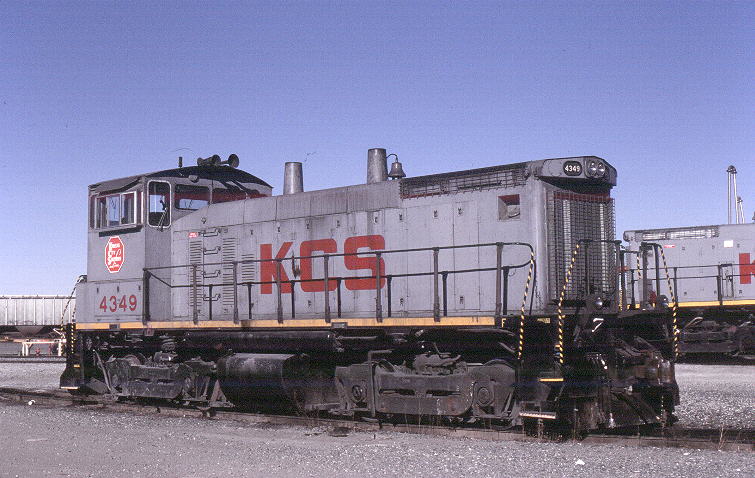Switchers: Difference between Yard, Transfer & Road?
- Thread starter gp792
- Start date
Follow along with the video below to see how to install our site as a web app on your home screen.
Note: This feature may not be available in some browsers.
Hi all,
I just had a thought about the different types of switchers: like Yard, Transfer and Road; but what are the differences in their roles? Does a yard switcher ever leave the railyard, etc.?
EMD's MP15 series of switcher was more of a 'hybrid' yard switcher-road switcher. It looks like a normal yard switcher, but has EMD's Blomberg trucks, which is which allows it to be a road switcher. The reason for the Blomberg trucks was because it's predecessor, the SW1500, had either AAR type A switcher or Flexicoil switcher trucks, both of which have friction bearings. The FRA (Federal Railroad Administration) has banned equipment with friction bearings to be used on mainlines. Replacing the friction bearing trucks with the Blomberg trucks, which are roller bearings, allows the MP15 series switchers to be road switchers.
Here's a link about the MP15 series:
http://en.wikipedia.org/wiki/EMD_MP15DC




